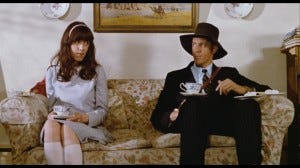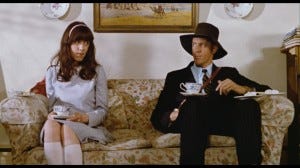THE ADVENTURES OF BARRY MCKENZIE
Australian film has teetered between good and bad taste ever since the flourishing of the 1970s, a time when the industry became reborn again after the previous zenith in the 1920s. Often, good taste has been associated with the realm of the cerebral, and bad taste with the fleshy or the visceral. For ex…
Keep reading with a 7-day free trial
Subscribe to Cinema Year Zero to keep reading this post and get 7 days of free access to the full post archives.





